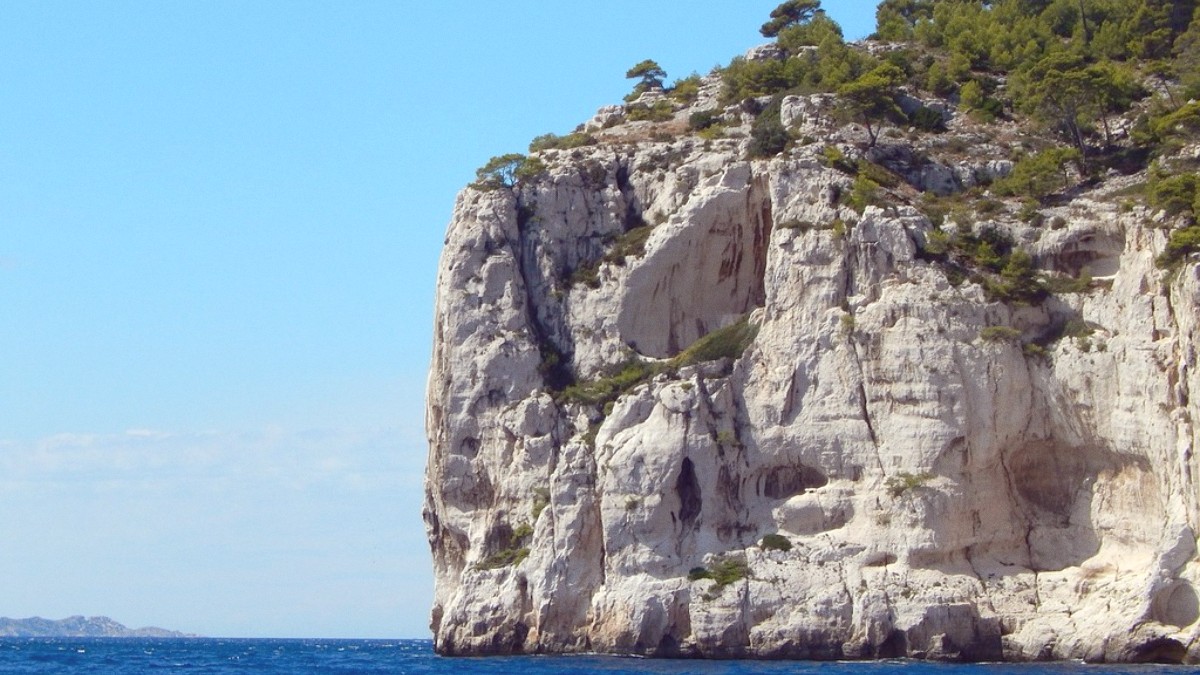
South Coast, Cambodia
The Dry Season spans from November to May. This period brings warm to hot temperatures and low humidity. November to February display cooler and drier conditions, with average temperatures from 25-30°C (77-86°F). This period ranks as the most popular time for visitors. The air feels fresh. Skies appear generally clear. March to May are the hottest period, often above 35°C (95°F). Humidity begins to rise in May.
The Wet Season stretches from June to October. This period displays high humidity and frequent rainfall. Rain often arrives in short, heavy bursts, notably in the afternoon. June to August bring moderate to heavy rain. Temperatures range around 28-32°C (82-90°F). The landscape becomes very green. September to October mean the heaviest rainfall. A risk of localized flooding exists. Temperatures hover around 27-31°C (81-88°F). The air feels heavy with moisture.
For beach activities and island hopping, plan from November to April. Weather conditions are most suitable. Hiking in Kep National Park best occurs from November to February for cooler, drier conditions.
Exploring the Crab Market and dining remain enjoyable year-round. However, the dry season makes for a more pleasant outdoor dining experience. For photography of lush landscapes, aim for visits around November or December, just after the monsoon.
Available at major international airports and most land border crossings.
USD 30 (Tourist Visa)
A passport photo and cash.
Apply online through the official Ministry of Foreign Affairs website.
USD 30 + processing fee (around USD 7).
Processing typically takes about three business days.
Apply in advance in your home country.
Provides certainty before travel.
Varies by embassy; check local requirements.
Most foreign nationals need a visa to enter Cambodia. Plan your visa application well before your trip. The process is straightforward, but knowing your options helps avoid delays.
Valid for at least six months beyond your departure from Cambodia.
One recent photo (4x6 cm) for VOA, digital photo for e-visa.
Complete the form provided at entry points or online.
USD 30 in cash for VOA fee.
Present passport, visa, and arrival/departure card. Small fee for Kep National Park entry (USD 1).
The Cambodian Riel (KHR) is the official currency. The US Dollar (USD) is widely accepted and often preferred for larger transactions. Hotels, guesthouses, and restaurants frequently list prices in USD. Smaller transactions, like street food or local transport, may use KHR. 1 USD is roughly 4,000 KHR. ATMs are available in Kep, dispensing USD. Money changers near markets offer competitive rates. Carry small denominations of USD for daily expenses.
Prices listed are per person per day.
Prices listed are per person per day.
Understand typical costs for various items in Kep.
No vaccinations are officially required for entry into Cambodia, unless you are arriving from a yellow fever-risk country. Consult a travel doctor four to six weeks before your trip. Common recommendations include routine vaccinations (MMR, DTP, Polio, Flu), Hepatitis A & B, Typhoid, Rabies (if interacting with animals), and Japanese Encephalitis (for extended rural stays).
Eat well-cooked food. Drink only Bottled or purified water. Avoid ice. Wash hands frequently.
Use Insect repellent. Wear long sleeves. Sleep under a Mosquito net. Dengue and Malaria risk exist.
Use High-SPF sunscreen. Wear a hat and Sunglasses. Stay hydrated. Seek shade.
Hospitals/Clinics:
Kep has basic clinics and a provincial hospital. For serious medical emergencies, travel to Phnom Penh or Bangkok for treatment is advisable. These cities offer more advanced facilities.
Pharmacies exist for common medications. Tap water is not safe to drink. Stick to bottled or purified water. Many accommodations offer filtered water. Consider a Reusable water bottle with a filter to cut plastic waste. Eat at busy establishments where food freshness is more likely. Peel fruits yourself.
Emergency Services: Dial 119, but response times may vary. Private transport often proves faster for medical emergencies.
Kep displays general safety. Pickpocketing and bag snatching happen, but less common here. Be aware of your belongings.
Be wary of overly friendly strangers offering unsolicited tours or help, more common at borders than in Kep.
Exercise caution walking alone at night. Use reputable tuk-tuk drivers for evening transport.
Kep generally avoids hurricanes. Heavy monsoon rains during the wet season can cause localized flooding. This often affects unpaved roads. Rough seas may occur, sometimes suspending boat trips to islands.
Travel insurance for adventurous travelers. Visit World Nomads
Insurance for digital nomads and remote teams. Visit SafetyWing
Medical and travel coverage for foreigners in the US. Visit Insubuy
Keep your embassy contact details readily accessible. Register your travel plans with them if a service like this exists. Have your insurance policy number and emergency contact details on hand. Carry a physical copy and a digital copy on your phone.